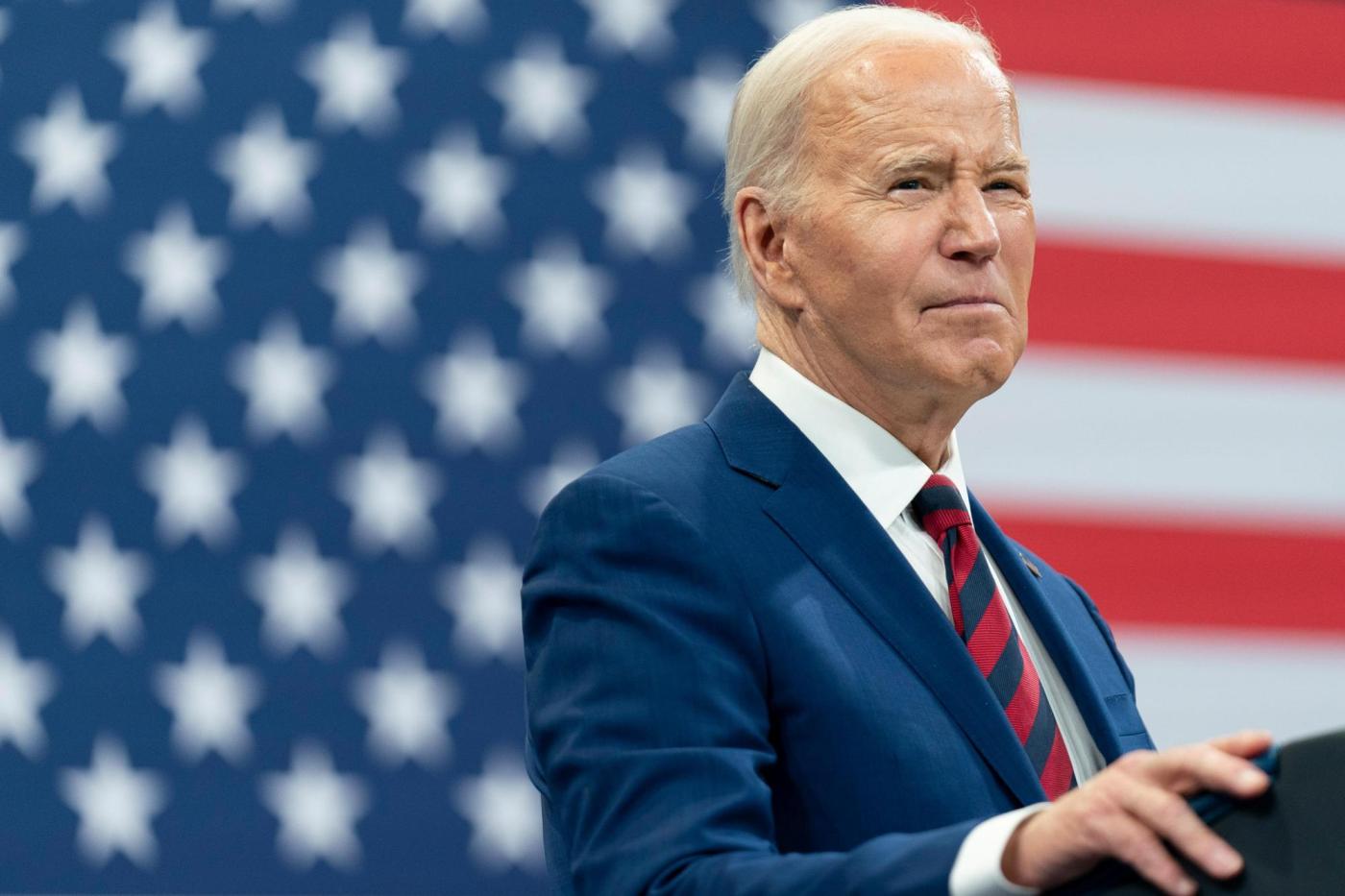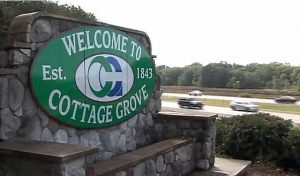
What to expect in North Dakota’s Democratic presidential primary
By ROBERT YOON (Associated Press)
WASHINGTON (AP) — Voting ends Saturday in North Dakota’s Democratic presidential primary, with President Joe Biden looking to add the state’s handful of delegates to his insurmountable lead for his party’s nomination. The party-run contest rounds out the busiest month of voting on the presidential primary calendar, with 30 states plus the District of Columbia and several U.S. territories holding primaries and caucuses in the last 30 days.
Related Articles
Many Americans say immigrants contribute to economy but there’s worry over risks, AP-NORC poll finds
Biden, Clinton, Obama joint fundraiser the ‘most successful’ in American history
Biden, at risk with young voters, is racing to shift marijuana policy
Joe Lieberman’s death leaves a hole at No Labels as it tries to recruit a 2024 third-party candidate
Trump’s team cites First Amendment in contesting charges in Georgia election interference case
The primary was conducted mostly by mail, from Feb. 20 through Saturday at noon CT. Ballots received after that time will not be counted. Voters may hand-deliver their mail ballots to the state party’s centralized drop-off point in Fargo but must call ahead to make sure a party staff member is available to receive them. A very limited amount of in-person voting was held March 22-24 at a different location each day to accommodate residents of Native American reservations.
In 2020, Biden lost North Dakota’s Democratic caucuses, which functioned like a small-scale, in-person primary. U.S. Sen. Bernie Sanders of Vermont won the state with 53% of the vote, to 40% for Biden. The March 10 contest was one of the last primaries or caucuses held before the COVID-19 pandemic prompted several states to postpone their elections.
This time around, Biden is poised to win his first election in North Dakota against seven other candidates who collectively have not made much of an impact at the ballot box this season. The state party had originally planned to use ranked-choice voting, in which voters rank the candidates on the ballot in order of preference, but it was forced to scrap the idea when the Democratic National Committee rejected the proposal. Now, the primary will use traditional vote-counting methods: Voters vote for one candidate, and the candidate with the most votes wins.
North Dakota Republicans held presidential caucuses on March 4. Former President Donald Trump handily won that contest on the eve of Super Tuesday with 84% of the vote, to 14% for former United Nations Ambassador Nikki Haley.
Biden and Trump won enough delegates to unofficially lock up their parties’ nominations on March 12.
Trump carried the state in the 2016 and 2020 general elections, with 63% and 65% of the vote, respectively.
Here’s a look at what to expect on Saturday:
PRIMARY DAY
North Dakota’s party-run Democratic presidential primary will conclude Saturday. Mail ballots must be received by Saturday at noon CT, which is 1 p.m. EST.
WHAT’S ON THE BALLOT
The Associated Press will provide coverage for the Democratic presidential primary. The ballot lists Biden, Jason Palmer, Marianne Williamson, former candidate Dean Phillips and four others. There is no Republican presidential contest on Saturday.
WHO GETS TO VOTE
Any person qualified to vote in North Dakota in the November general election may participate in the party-run primary, with two conditions: They must complete a form declaring themselves as Democrats, and they may not have participated in the North Dakota Republican presidential caucuses on March 4. There is no voter registration system in North Dakota.
DELEGATE ALLOCATION RULES
There are 13 pledged Democratic delegates at stake in North Dakota. Three at-large delegates are allocated in proportion to the statewide vote, as are two PLEO delegates, or “party leaders and elected officials.” Eight delegates are designated as district-level delegates, but since North Dakota has only one congressional district, they also are awarded according to the statewide vote. Candidates must receive at least 15% of the statewide vote to qualify for any delegates.
DECISION NOTES
The state party is expected to release one vote update after polls close with complete vote results. The Associated Press will make a winner call based on the state party’s announcement.
WHAT DO TURNOUT AND ADVANCE VOTE LOOK LIKE
The primary is mostly conducted by mail, with very limited in-person voting.
Saturday’s primary marks the first time the North Dakota Democratic Party has held an event of this type, so there isn’t a similar recent event to make an apples-to-apples comparison for turnout purposes. However, there were 14,413 votes cast in the party’s 2020 presidential caucuses, which functioned like an in-person party-run primary.
HOW LONG DOES VOTE COUNTING USUALLY TAKE?
The state party says it expects to provide an update of final vote results on Saturday evening or by Sunday evening if the vote-counting process takes longer than expected. The final vote certification deadline is Tuesday.
ARE WE THERE YET?
As of Saturday, there will be 142 days until the Democratic National Convention in Chicago and 220 days until the November general election.
Robert Yoon is an elections and democracy reporter for The Associated Press, with a focus on analyzing vote and demographic data and explaining the intricacies of the electoral process. He is now covering his seventh presidential campaign cycle.


